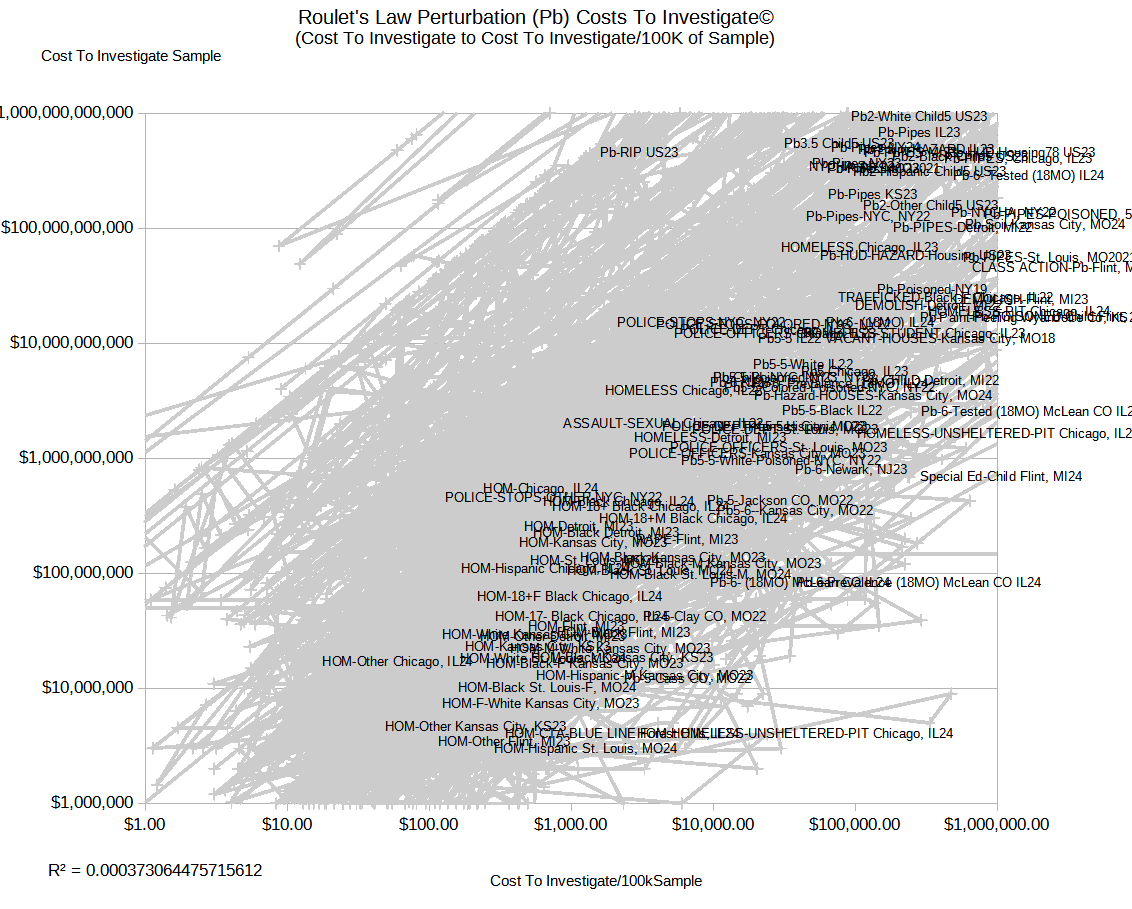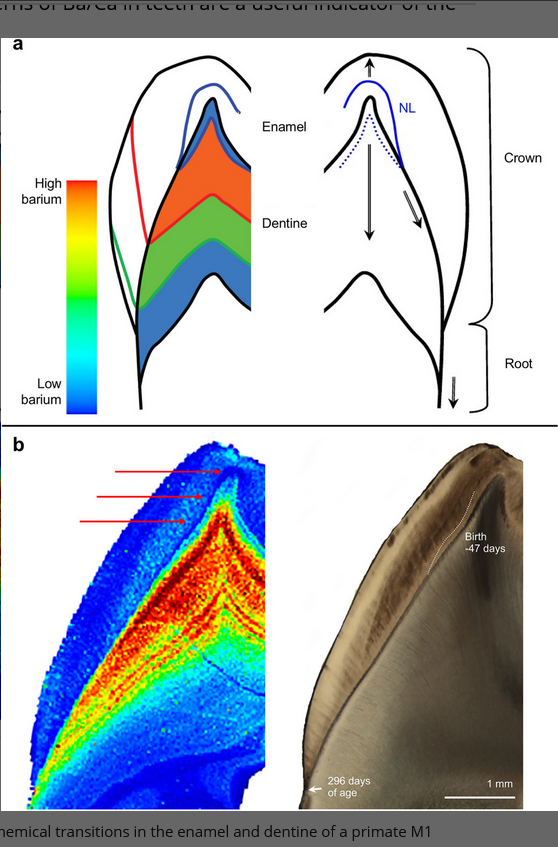
Teeth reveal juvenile diet, health and neurotoxicant exposure retrospectively: What biological rhythms and chemical records tell us
Tanya M. Smith, Luisa Cook, Wendy Dirks, Daniel R. Green, Christine Austin
First published: 15 March 2021
https://doi.org/10.1002/bies.202000298
Citations: 13
Abstract
Integrated developmental and elemental information in teeth provide a unique framework for documenting breastfeeding histories, physiological disruptions, and neurotoxicant exposure in humans and our primate relatives, including ancient hominins. Here we detail our method for detecting the consumption of mothers’ milk and exploring health history through the use of laser ablation-inductively coupled plasma-mass spectrometry (LA-ICP-MS) mapping of sectioned nonhuman primate teeth. Calcium-normalized barium and lead concentrations in tooth enamel and dentine may reflect milk and formula consumption with minimal modification during subsequent tooth mineralization, particularly in dentine. However, skeletal resorption during severe illness, and bioavailable metals in nonmilk foods, can complicate interpretations of nursing behavior. We show that explorations of the patterning of multiple elements may aid in the distinction of these important etiologies. Targeted studies of skeletal chemistry, gastrointestinal maturation, and the dietary bioavailability of metals are needed to optimize these unique records of human health and behavior.
Abbreviations
- Ba
- barium
- Ca
- calcium
- EDJ
- enamel-dentine junction
- GI
- gastrointestinal
- LA-ICP-MS
- laser ablation-inductively coupled plasma-mass spectrometry
- M1
- first molar
- M2
- second molar
- M3
- third molar
- Pb
- lead
- Sr
- strontium
INTRODUCTION
Tooth growth and mineralization: a microscopic archive of developmental information
Teeth are one of the most common anatomical units recovered in forensic, archeological, and paleontological contexts. Studies of their growth and composition play an especially important role in our understanding of ancient human behavior, development, and evolution.[1-4] Teeth also serve as important records of toxic environmental exposures in living people,[5-8] perhaps best exemplified by the detection of radiogenic elements in American children following atomic testing in the 1950s.[9, 10] In this unprecedented situation, a “Baby Tooth Survey” was launched to assess the amount of a radioactive variant of strontium in children born in St. Louis, Missouri before, during, and after a period of especially heavy nuclear testing in 1953. The study leveraged the fact that strontium behaves similarly to calcium, becoming passively concentrated in mothers’ milk, and ultimately stored in the developing teeth and bone mineral of nursing children. By collecting and analyzing 300,000 “baby” (primary or deciduous) teeth, scientists were able to show that children whose teeth grew prior to 1953 had eight times less radioactive strontium (specifically the atomic variant, or isotope, Sr90) than those born in 1957. All told, concentrations of Sr90—a cancer-causing agent—increased by nearly 50 times over 13 years. Recent and on-going environmental crises such as the tragic lead contamination in Flint, Michigan will leave a similar permanent imprint in children reliant on municipal water,
https://onlinelibrary.wiley.com/doi/full/10.1002/bies.202000298


Comments